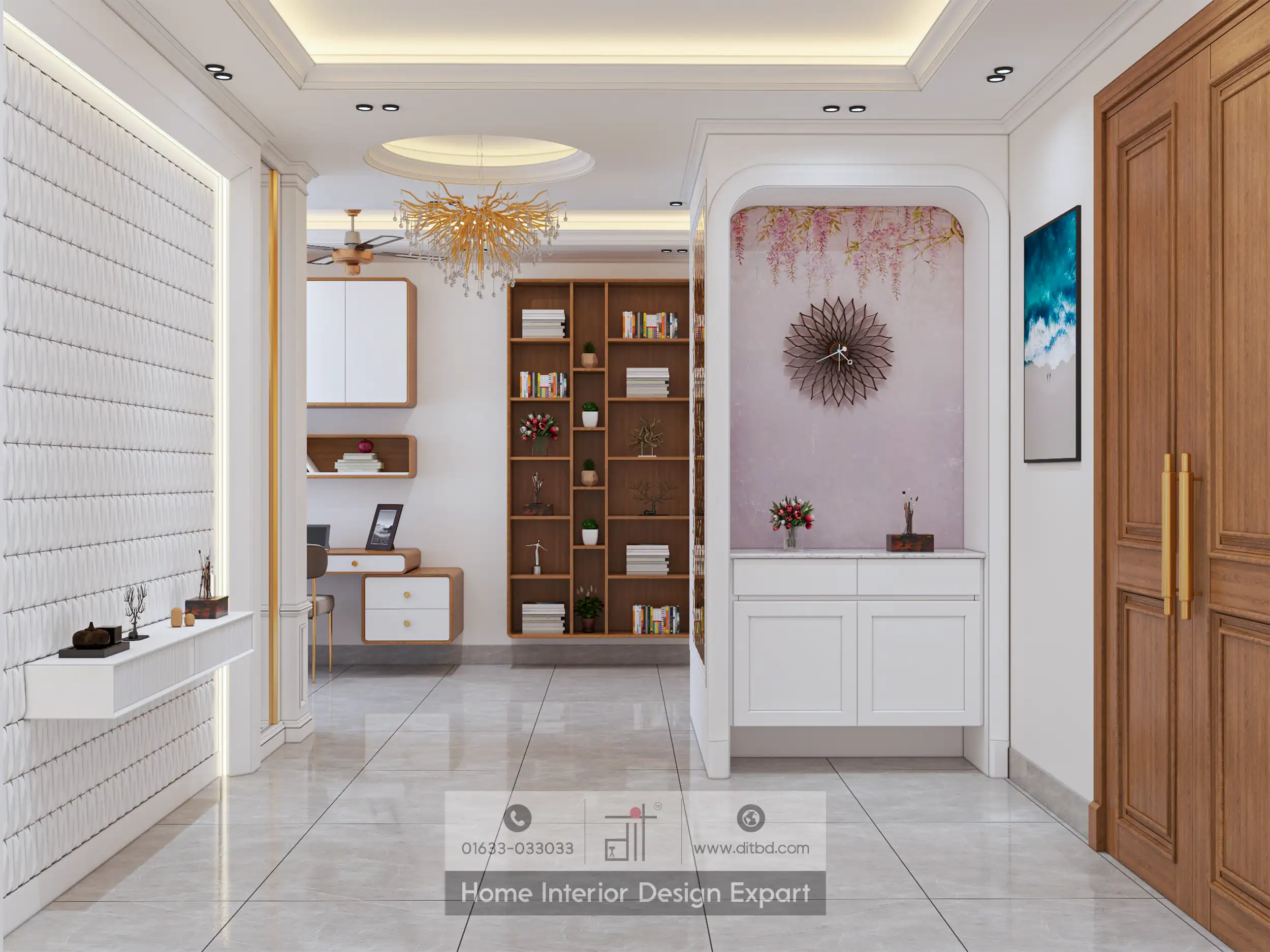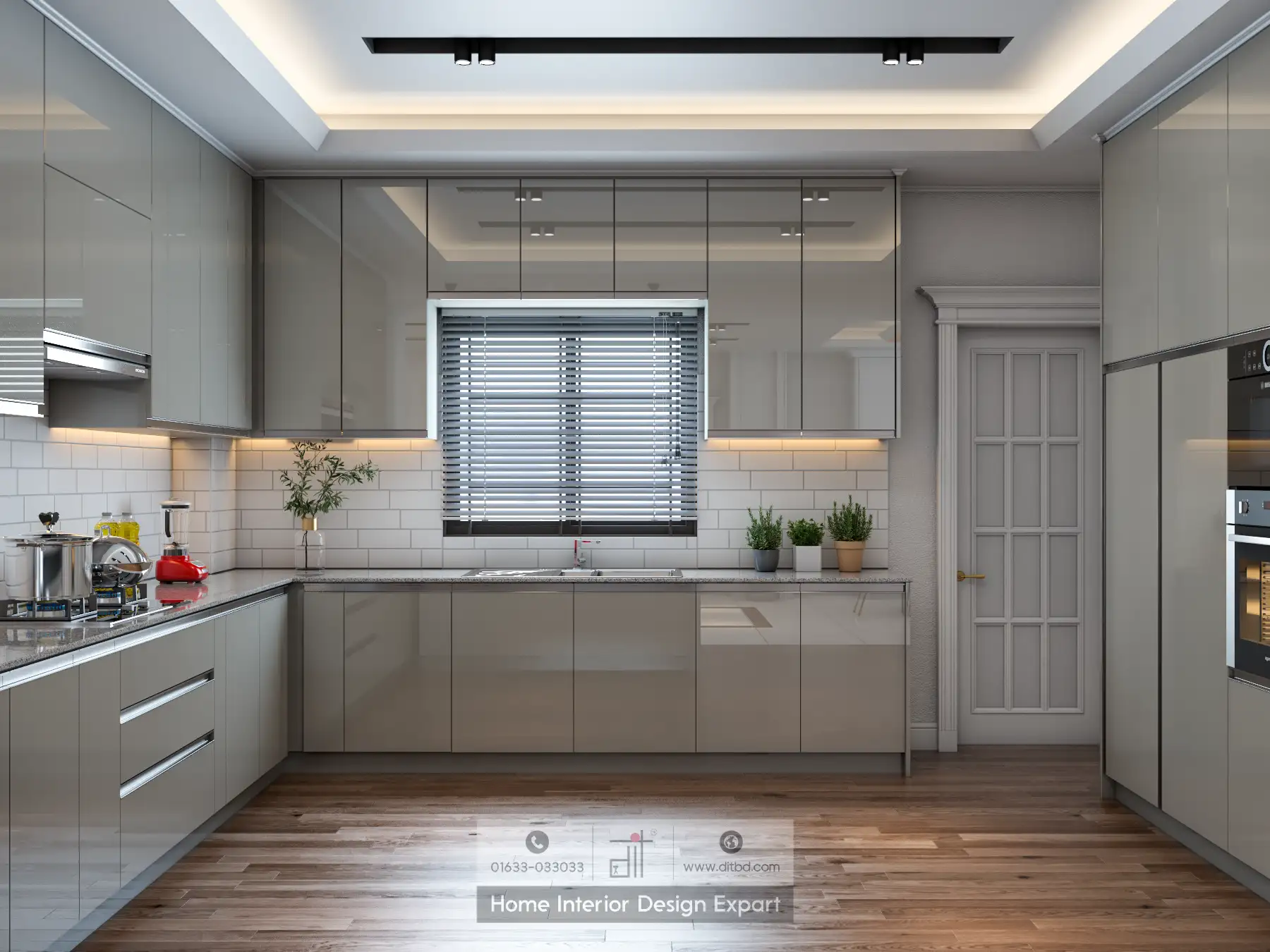Importance of Space Maximization in Interior Design
- Posted by: Sharmin Rahman Suha
"Design is a plan for arranging elements in such a way as best to accomplish a particular purpose." – Charles Eames
Interior design is beyond the aesthetic appeal of a place. It aims to make a place more manageable and organized. For that, interior design incorporates space management to create a functional home. Before you understand the importance of space management or maximization, let’s know what space management is
Understanding Space Management
Before we get down to the advantages, let's understand what space management is. Space maximization or management is the combination of art and science to utilize space to its fullest. Its purpose is to manage spaces or rooms in a way that makes even the smallest homes look bigger. Space management also considers how people can move within a home or room with ease and how the rooms can serve their purpose as intended. Technical knowledge is required, and interior designers deal with that. But what more benefit can this space maximization bring? Let's explore
1. Aesthetics
Space management is not only about the physical elements of the room. It is also the visual appeal. If a place is visually stunning and tidy, it appears spacious no matter the size. Aesthetics plays a crucial role in space management. This involves considering factors such as color, texture, lighting, and proportion.

For example, a small room can be made to feel larger by using light colors, mirrors, and strategic lighting. Similarly, a large room can be made to feel cozier by using warm colors, soft textures, and layered lighting. Not cluttering the place with too many elements and color schemes is avoidable in space management. If you use too bold colors throughout the room and countless decors, your space will look dull. Too many elements can bring your mood down and it is not what space management wants for you.
2. Comfort
Without comfort, a place cannot be suitable. Considering that, interior professionals maximize space for comfort. This involves considering factors such as ergonomics, temperature, and acoustics.

For example, in a home office, space management might involve choosing a comfortable chair, ensuring good lighting, and minimizing noise. In a bedroom, it might involve arranging furniture to create a restful atmosphere and ensuring good ventilation.
3. Flow of Movement
The flow of movement is a critical consideration in space management. A well-designed space should allow for easy and intuitive movement. This involves creating clear pathways and avoiding obstacles. For example, in a retail store, space management might involve arranging displays to guide customers through the store and encourage them to explore different areas.

In a home, it might involve arranging furniture to create a natural flow from one room to another. For that, understanding the scale is important. And interior experts explore the placement of elements as per the scale of your space to avoid any cluttered feel.
4. Optimization of Space
Optimizing space is particularly important in small or compact areas. This involves using creative solutions to make the most of your available space. Such optimization often utilizes the height of the homes. Especially in the kitchen and other rooms, designers tend to opt for vertical storage solutions.
For example, if you have a small bedroom, to make it cozy, you can go for multifunctional beds that can double as a sofas. Also, using floor-to-ceiling closets keeps room for stress-free movement.

If you have a compact kitchen, transforming it into a modular kitchen can be the best space optimizer option. Or else, you can go for wall-mounted cabinets and open shelves for extra room in the kitchen. Sometimes, designers tend to craft open kitchens to merge living and dining rooms. It serves multiple purposes in the same room without any hassle.
5. Improve Empathy: Universal Design
Good interior designers know the importance and empathy behind universal design. They base their designs on universal design philosophy because they believe designs are for everyone. Universal design creates spaces that are accessible to all sorts of people. In some cases, homeowners might forget to incorporate accessible designs. Not their fault. It can skip your mind if you do not have people at home with physical challenges.

But interior experts consider the accessibility of all. Hence, they maximized the space. Space management does not make any room layout and element interaction complicated. It leaves enough space for everyone to roam freely.
Space maximization is making the most of the available space. It should never exclude the benefits of senior citizens and people with physical challenges. At the end of the day, we need to remember that they are not physically disabled; rather, they are differently abled people.
The entry and exit point of any space is the foyer, hallway, or entrance. If the entrance is clutter-free and accessible, every sort of person can easily access any space, even if they have a crutch or a wheelchair. So, space maximization is important not only for inclusion but also to enrich empathy in society.
6. Modular Design
Modular design involves using standardized units or modules to create flexible and adaptable spaces. These designs are flexible so that they can be a good fit for every need and every space type.

This approach allows for easy reconfiguration and customization of a space to meet changing needs. For example, modular furniture can be rearranged to create different layouts, and modular walls can be moved to create new rooms or open up existing spaces.
7. Safety
A well-designed space should be safe and free from hazards. This involves considering factors such as fire safety, accessibility, and structural integrity. In a commercial building, space management might involve ensuring that there are clear exit routes and that fire safety regulations are met. In a home, it might involve arranging furniture to avoid blocking exits and ensuring that electrical cords are safely tucked away. Professional designers will keep a layout for cord management.
8. Sustainability
Sustainability is becoming an increasingly important consideration in space management. This involves designing spaces that are environmentally friendly and energy-efficient. For example, in a home, space management might involve using natural light to reduce the need for artificial lighting, choosing energy-efficient appliances, and using sustainable materials. In a commercial building, designing spaces that reduce energy consumption and promote recycling
Interior design is about enhancing the quality of life of the inhabitants of a place. To improve the standard of life at home, there is no alternative to space management.
